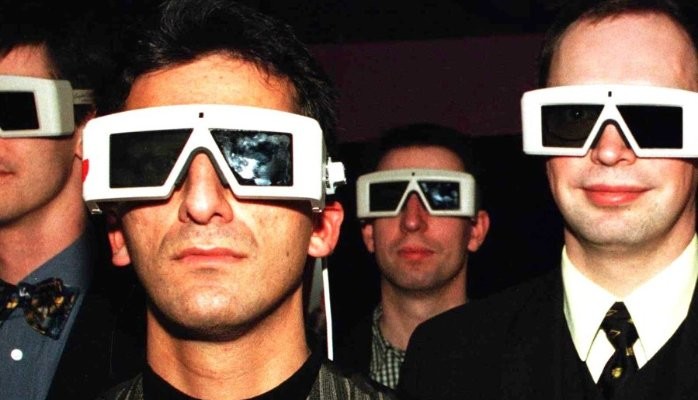The Future of Marketing: What We Are Doing Wrong?
This post delves into the concepts of action marketing and convenience marketing as the crucial aspects of any marketing strategy.

Marketing has two sides; what the company creates which later gets translated to the audience into marketing campaigns, initiatives, and promotions. Every company has a set of rules, values, morals, ideas, and creative ways to come up with their marketing activities – some companies even have a very clear and defined set of target market that shapes how the marketing outcome should look like.
It is all about the product, place, price, and promotion – creating a marketing campaign, contacting an advertising agency, briefing them, and initiating the activities. Later, the measurement the (ROMI – Return on Marketing Investment) takes centre stage (some confuse the measurement of ROMI and ROI) in provide the results to the management.
The process is typical marketing: have a budget, create a campaign, and measure results. Traditional marketing has got a very narrow focus on awareness of the products, services, and the brands which shifted away from the customer retention and the buying experience that should be created.
The other main role of marketing of attaining the price got diminished; the finance department is not the main team responsible for the pricing of the products and services. Proposing the price in comparison with the competitors is the main responsibility of the marketing department.
Reaping the benefits of the marketing initiatives should begin by understanding that the marketing process starts the moment the customer views a brand; not buying its products for any reason (packaging, price, brand recall, etc…) is the responsibility of the marketing department. The future of traditional marketing depends on many of the below factors.
Action Marketing
If we examined the goal of current marketing activities, we will find that it is all about building awareness – the different marketing campaigns and initiatives are created in order to promote a product or a service to the current and future customer base.
It is rare that a customer goes by him/herself to the website of a company that sells the products or provides services to view the current offering – customer loyalty diminished due to the abundance of offering by different companies and the “campaigns” mentality.
An effective marketing strategy would be to create action not just initiatives; if I would like to reach the customer I would offer more than what I offer – I would provide what I offer in a unique approach, providing a commitment that what I offer is different than what is being offered by the competitors.
This takes place by more of a “pull” than a “push” strategy. When you buy a Rolls Royce, the company celebrates your product and asks you if you would like to sell it at any time they would get it from you (they are Rolls Royce for that reason).
The Use of Marketing Technology (Creating an Experience)
If you Google the word “Marketing Technology”, most of the search results show the use of social media towards marketing to the customers. The concept of marketing technology goes beyond the use of social media; it is how you can reach your customers and broaden that reach using technologically advanced methods.
The future of retail for example shows the use of smart retail shops where customers can buy their products with a touch of a button without even having to try the products. This reach which saves time is considered a major contribution in marketing – it is creating the shopping experience that facilitates the buying process.
Convenience Marketing
On the high street, we find many billboards and advertising banners with great catchy ads; advertising agencies try their best to show the uniqueness of the products and the services provided by a given company. But, ask yourself this – once you are inside the mall, how many of the brands you have seen over the street you will remember?
How many of the products (where you really liked their ads)you will buy? A very small percentage, because the recall process of the customers over the street is not utilised – customers use a margin of the thinking process to entertain their minds while passing by, due to factors like traffic, time passing, and reaching the destinations quickly.
Similarly like mirrors in the elevators, they were introduced so people get busy while using them for really tall buildings. Convenience marketing however creates an opportunity for customers to truly dedicate their minds for a brand; which can be achieved by more of a personalised approach of: “We sell our products / services to you”.
In ther future, advertising agencies aim to personalise the ads to the point of directing the ads to the customers watching, by mentioning their names or asking questions of concerns to the customers that want to use a product or service.
The future of marketing must be more proactive, as awareness is a minimal part of the selling process; being aware about a product or service being sold doesn’t mean the customers will buy – it is all about the experience the brand creates for the customers which in the future will mainly depend on technology.